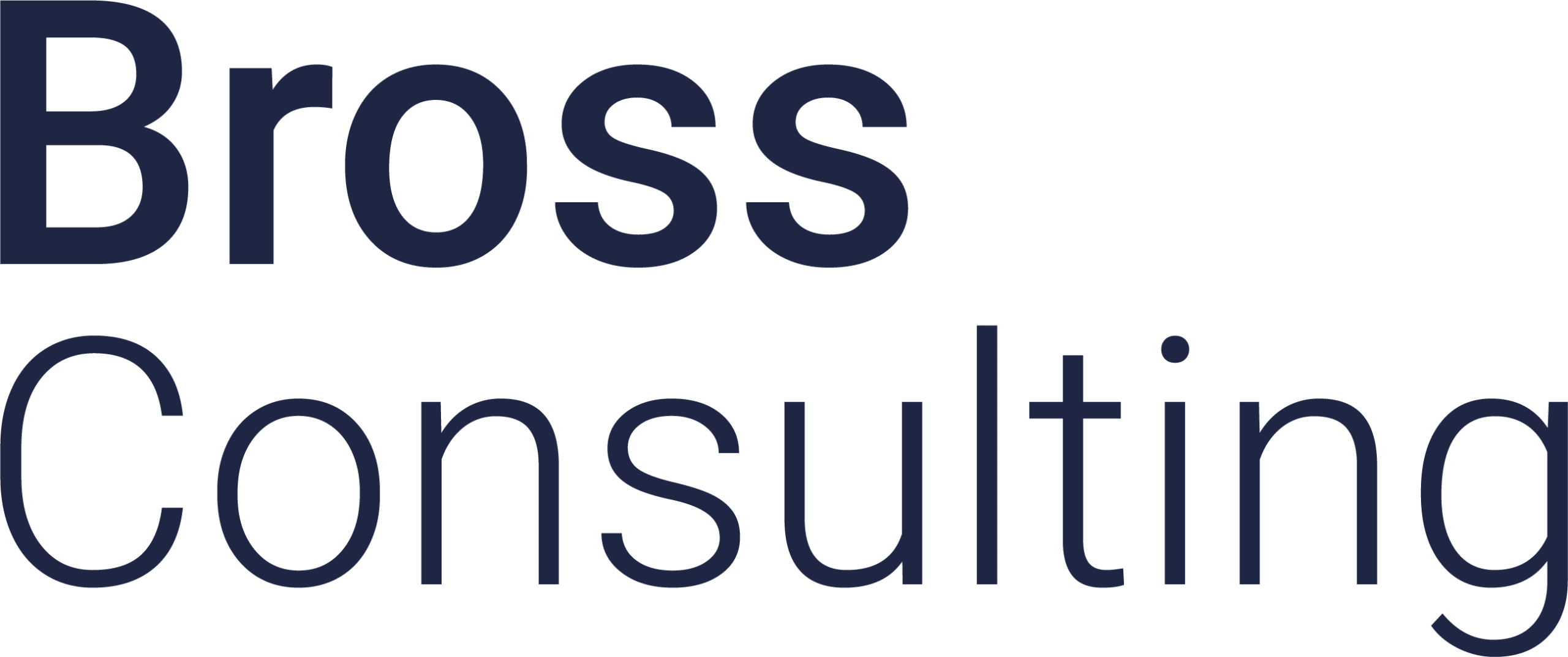Digitale Fabrik – Methoden und Anwendungsgebiete
Die Digitale Fabrik integriert innovative Tools und Methoden in den konventionellen Planungsprozess. Dadurch wird eine Steigerung der Planungsqualität, eine Reduzierung der Planungskosten und einer Verkürzung der Planungszeit erreicht. Ermöglicht wird dies, durch eine stetig größer werdende Datenmenge sowie leistungsfähigere Rechner und Software. Um zu verstehen welche Methoden an welcher Stelle eine Verbesserung bewirken, hilft es die Methoden einzuordnen. Demnach gibt es Datenerhebungsmethoden, Methoden der künstlichen Intelligenz, Visualisierungsmethoden, Simulationsmethoden und Planungsmethoden. Bross definieren die Digitale Fabrik entsprechend der Norm VDI 4499.
Methoden der Digitalen Fabrik
Die Methoden der Digitalen Fabrik sind eine Toolsammlung zur Digitalisierung der Fabrik. So zum Beispiel die Künstliche Intelligenz. Sie unterstützt Roboter bei Navigation und Lokalisierung mit Hilfe cloudbasierter Systeme. Die Digitale Fabrik verbindet Ansätze der Mensch-Maschine-Interaktion. Kollaborative Roboter kommen verstärkt zum Einsatz. 3D-Kamerasysteme und Sensortechnik melden z.B. das Eindringen in Schutzzäune. Dadurch ist der Aufenthalt der Mitarbeiter im gemeinsamen Arbeitsraum ohne kollaborativen Charakter sicher. Mit Hilfe der generativen Fertigung werden Komponenten und Werkzeuge für die Produktion hergestellt. Augumented Reality verknüpft als Assistenzsystem die reale und die virtuelle Welt. Via Virtual Reality werden Fertigungsprozesse simuliert und Anlagen virtuell in Betrieb genommen. In den Themen Digitalisierung, Robotik, Automatisierungstechnik und Mechatronik bildet die Digitale Fabrik das Fundament. Bross behält für Sie den Überblick.
Die Digitale Fabrik als Werkzeug für die Planung
Da Digitale Fabriken nicht nur bei der Planung ein wichtiges Werkzeug sind, sondern auch für den laufenden Fabrikbetrieb, sind die Anwendungsgebiete breit gefächert. Sie reichen vom Projektmanagement über Service und Instandhaltung, Verkauf und Auftragserfassung, Vertrieb und externe Logistik, Anlaufmanagement, Montage und Inbetriebnahme der Fertigungsanlagen, externe und interne Logistik bis hin zu den unterschiedlichen Anforderungen des Marktes.
Einsatz der Methoden entlang des Fabriklebenszyklus
Der Einsatz der Tools und Methoden ist dabei nicht begrenzt auf die Planung der Fabrik. Darüber hinaus kommen diese zum Einsatz entlang des gesamten Lebenszyklus einschließlich des operativen Betriebs wie der Steuerung der Produktionsprozesse. Schließlich ist das Ziel die ganzheitliche Planung aller Prozesse und Ressourcen. Ferner stehen Digitale Transformation, Kontrolle und Verbesserung der Prozesse im Fokus. Die Anwendungsfelder für die Digitale Fabrik sind dabei breit gestreut. Sie reichen branchenweit von der Fertigung oder der Montage bis hin zur Logistik. Zudem fließen weitere Themen und digitale Methoden mit ein. Zu diesen zählen unter anderem der Digitale Zwilling und BIM.
Digitale Fabrik – die Optimierung des Kundenauftragsprozesses
Unter einer Digitalen Fabrik versteht man die virtuelle Planung und Betriebsführung von Anlagen und Fabriken. So können Prozesse visualisiert und simuliert werden, was wiederum Abläufe optimieren lässt. Die Digitale Fabrik kann somit auch als Netzwerk angesehen werden, bei dem digitale Modelle und Methoden durch 3D-Visualsierung durchgeführt werden. So können die Planung und Realisierung einer Fabrik genauso anschaulich gemacht werden, wie die Steuerung und die Verbesserung von Arbeitsprozessen, sowie von Ressourcen in Bezug auf das herzustellende Produkt. Hauptaugenmerk wird auf die Schnelligkeit, die Effizienz, die Nachhaltigkeit und die Steigerung der Flexibilität gelegt. Das Resultat sind nachhaltiger Erfolg und letztendlich die Optimierung von Kundenauftragsprozessen.
Die Digitale Fabrik auch für KMU
Eine Digitale Fabrik ist nicht nur für Großbetriebe von Vorteil, auch kleine und mittelständische Unternehmen profitieren davon. Sofern Sie sich mit dem Gedanken einer Digitalen Fabrik angefreundet haben, kontaktieren Sie uns. Wir sind Ihr kompetenter Ansprechpartner in Sachen Fabrikplanung sowie der Digitalen Fabrik und stellen Ihnen unsere langjährige Erfahrung gerne zur Verfügung.
